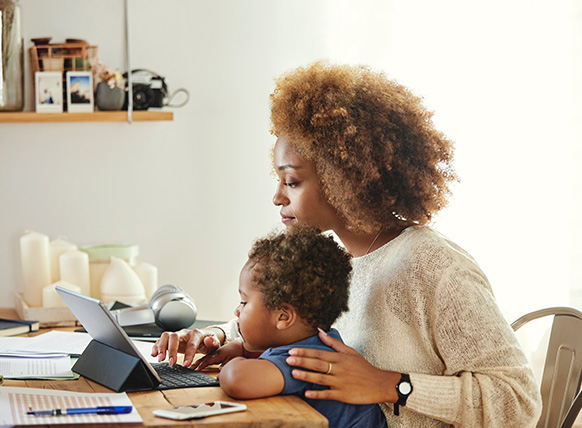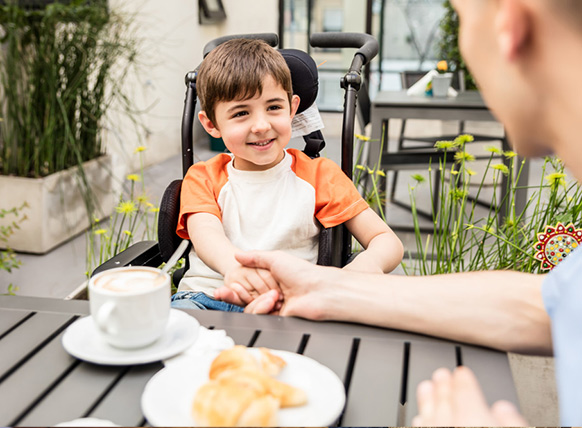

How to get your kids involved in saving energy
Five easy ways to get your kids involved in saving energy at home
Teaching children about energy efficiency and sustainability at home is helpful any time of year, but it's especially crucial amidst the lockdown, a time when we’re staying home and using more energy throughout the day.
Showing your kids how to save energy doesn't just help lower your family's energy bills and impact on the planet, it also gives your kids a sense of environmental and personal responsibility.
Not sure where to start? Here are five easy ways to get your kids involved in saving energy.


1. Teach kids what energy use means
Education is key. Before kids can understand why saving energy is important, they need to understand what energy is.
Depending on how old your kids are, you could read them a book about electricity, show them videos of how solar energy works compared to wind energy, or draw pictures of energy devices from around your home, explaining to them how they need electricity to make them work.
If you need help check out E.ON's Energise Anything resources – a series of free online resources for children aged 5-18 including printables, activities, and workshops to help get your kids interested in energy and other STEM (Science, Technology, Engineering and Mathematics) subjects.
2. Do chores by hand
To demonstrate the power of saving energy, designate one day a week for doing household chores by hand instead of relying on machines.
Ask your kids to wash their dishes instead of loading them into the dishwasher, for example, or teach them how to treat stains on shirts by cleaning them in the sink instead of throwing them into the washing machine. All of this can help kids appreciate how much we take technology for granted, and how much we rely on power.
3. Play the “Turn It Off” game
Play daily rounds of “Turn It Off,” a game where your kids race around the house switching off unnecessary lights and pointing out devices which are turned on but that no one is using. The child who notices the most items wins!
This can help children appreciate the importance of only keeping lights and electrical items switched on if they’re actually being used. And if you have a smart meter, you can actually show your kids how turning stuff on and off directly impacts power use as well.


4. Explore the outdoors
Going outside is an easy, fun way to conserve power, but remember to follow government guidance around social distancing. If you're lucky enough to have a garden, try to spend time as a family playing, reading, or relaxing outdoors instead of watching TV inside with the lights on.
You can also show your kids how nature helps regulate temperature. Encourage them to play tag in the garden to warm up, for example, or step outside for a breeze instead of turning on a fan.
5. Host weekly water-saving challenges
Conserving water is a big part of conserving energy. To get kids excited about playing their part, hang a tally board in the kitchen and ask your kids to give themselves a point each time they save water.
Water-saving successes can be as simple as taking a short shower or remembering to turn off the tap water when they're brushing their teeth, or as inventive as reusing shower water for the plants or collecting rainwater in a bucket outside. Any child who hits a certain points threshold at the end of the week gets a treat or fun activity.
Remember though that saving water doesn’t mean skimping on their hand-washing time.
Getting your kids involved in energy conservation may seem daunting, but it's a lot easier than you think. Use it as an excuse to play games, explore new activities, and enjoy time as a family.
